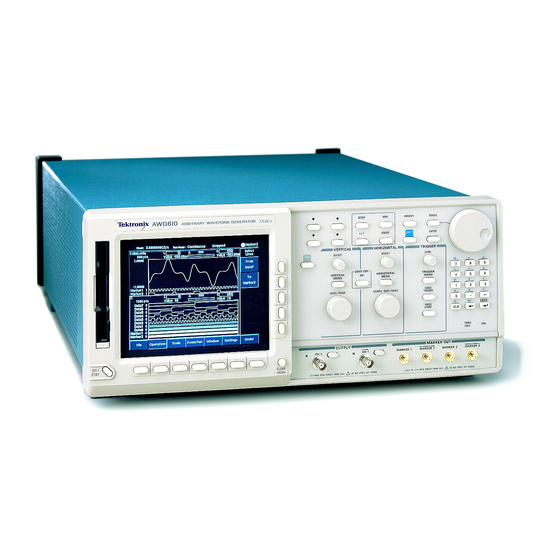
Tektronix AWG610 Manuals
Manuals and User Guides for Tektronix AWG610. We have 1 Tektronix AWG610 manual available for free PDF download: User Manual
Tektronix AWG610 User Manual (466 pages)
Arbitrary Waveform Generator
Brand: Tektronix
|
Category: Portable Generator
|
Size: 3 MB
Table of Contents
Advertisement
